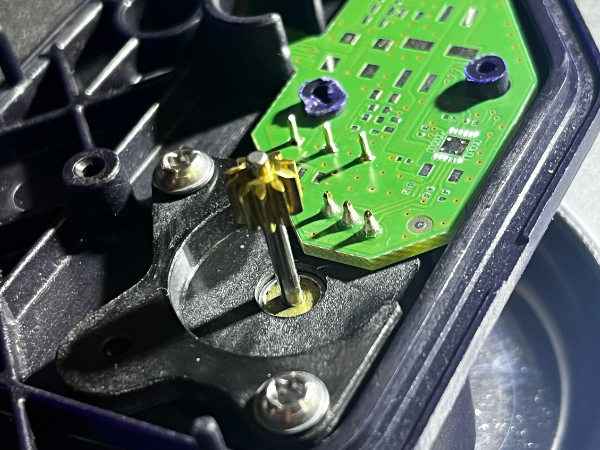Laser soldering is a modern technology used for the permanent connection of metal components or parts with plated conductive surfaces using a laser. This process utilizes the high concentration of thermal energy from the laser beam to heat the solder and subsequently heat the material being joined. Once the solder melts, it forms a strong bond between the two desired components. Thanks to precise beam guidance, it is possible to solder even very small joints in complex assemblies, where only a minimal area is designated for thermal processing.
Laser soldering
It finds wide application in microelectronics for soldering PCB (Printed Circuit Board) connections, in the automotive industry for joining sensors and electronic components. Additionally, it is used in the production of sensitive and miniature medical devices and instruments, where high reliability and precision of joints are essential.
Variability of the laser process
The technology, thanks to its very small effective working area, can precisely apply thermal influence only to the desired area. Unlike reflow soldering in ovens, it does not require consideration of the durability of other mounted components. Due to the rapidly adjustable process dynamics, it is possible to quickly alternate soldering techniques and their basic parameters on a single workpiece: pulsed/continuous mode, beam trajectory on the surface of the soldered material, or specific process settings of the laser and other peripherals.
Camera guidance
To eliminate manufacturing inaccuracies in semi-finished products and to maintain the accuracy of the beam positioning relative to the material being processed, it is advisable to use camera guidance when necessary. The foundation of micro-soldering lies in the accurate initial positioning of the beam and wire in relation to the material, ensuring stable production and repeatable process accuracy.
Precise control of solder quantity and laser power
In mass production and varying ambient temperature conditions, this technology enables precise real-time, closed-loop control of the amount of heat applied and the required amount of wire. These two functions ensure both process stability and visual consistency of the soldered joints.



